By Bill McNee, DNR Forest Health Specialist, Oshkosh;
Bill.McNee@wisconsin.gov or 920-360-0942
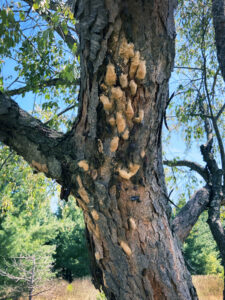
Numerous tan-colored spongy moth egg masses on a bur oak in Walworth County. / Photo Credit: Bill McNee, Wisconsin DNR
The Wisconsin Department of Natural Resources (DNR) encourages property owners to examine their trees for spongy moth egg masses and determine whether control measures are needed this spring.
Spongy moths thrive in warm and dry weather. Even if weather conditions are more typical this spring and summer, the current spongy moth outbreak — which defoliated a state-record total of 373,000 acres of woodland last year — will likely continue and spread.

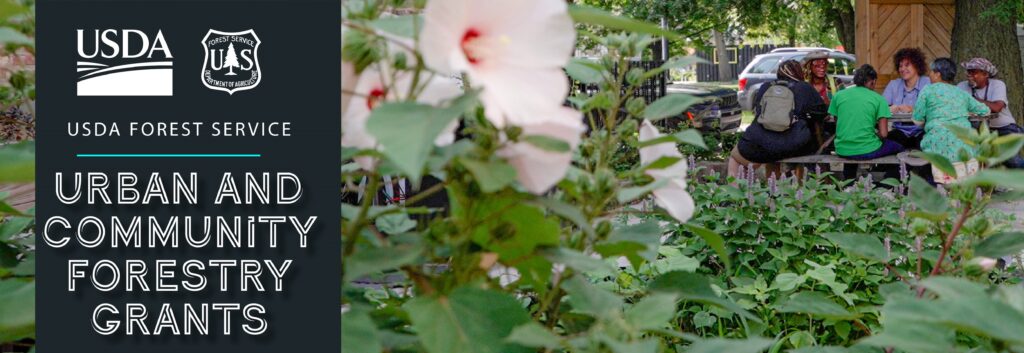
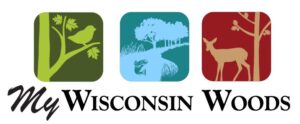
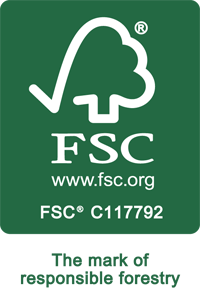
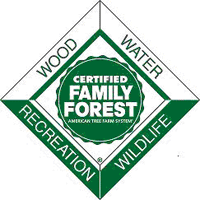 One of the most significant advantages of the MFL Certified Group is its accessibility to forest certification for participating “Group Members.” Many of the certification requirements are covered through how the MFL program is implemented and administered. For example, the two most common paths for landowners to enter the MFL Certified Group are the MFL application and the MFL transfer form. Both paths require prospective Group Members to acknowledge and accept the American Tree Farm System® and Forest Stewardship Council® standards and the MFL Certified Group rules.
One of the most significant advantages of the MFL Certified Group is its accessibility to forest certification for participating “Group Members.” Many of the certification requirements are covered through how the MFL program is implemented and administered. For example, the two most common paths for landowners to enter the MFL Certified Group are the MFL application and the MFL transfer form. Both paths require prospective Group Members to acknowledge and accept the American Tree Farm System® and Forest Stewardship Council® standards and the MFL Certified Group rules.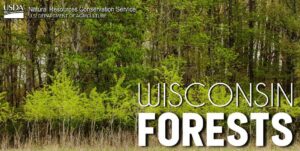
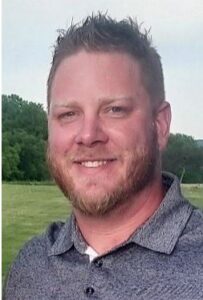
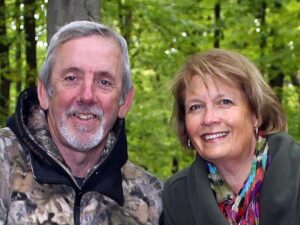
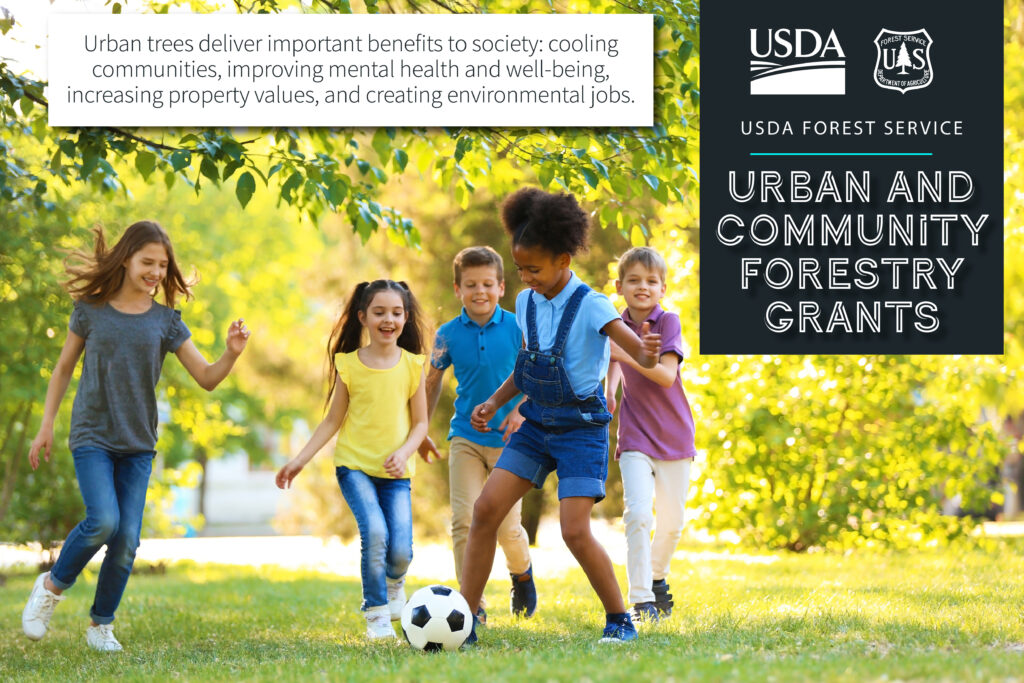 The Urban Forestry Inflation Reduction Act grant program uses
The Urban Forestry Inflation Reduction Act grant program uses